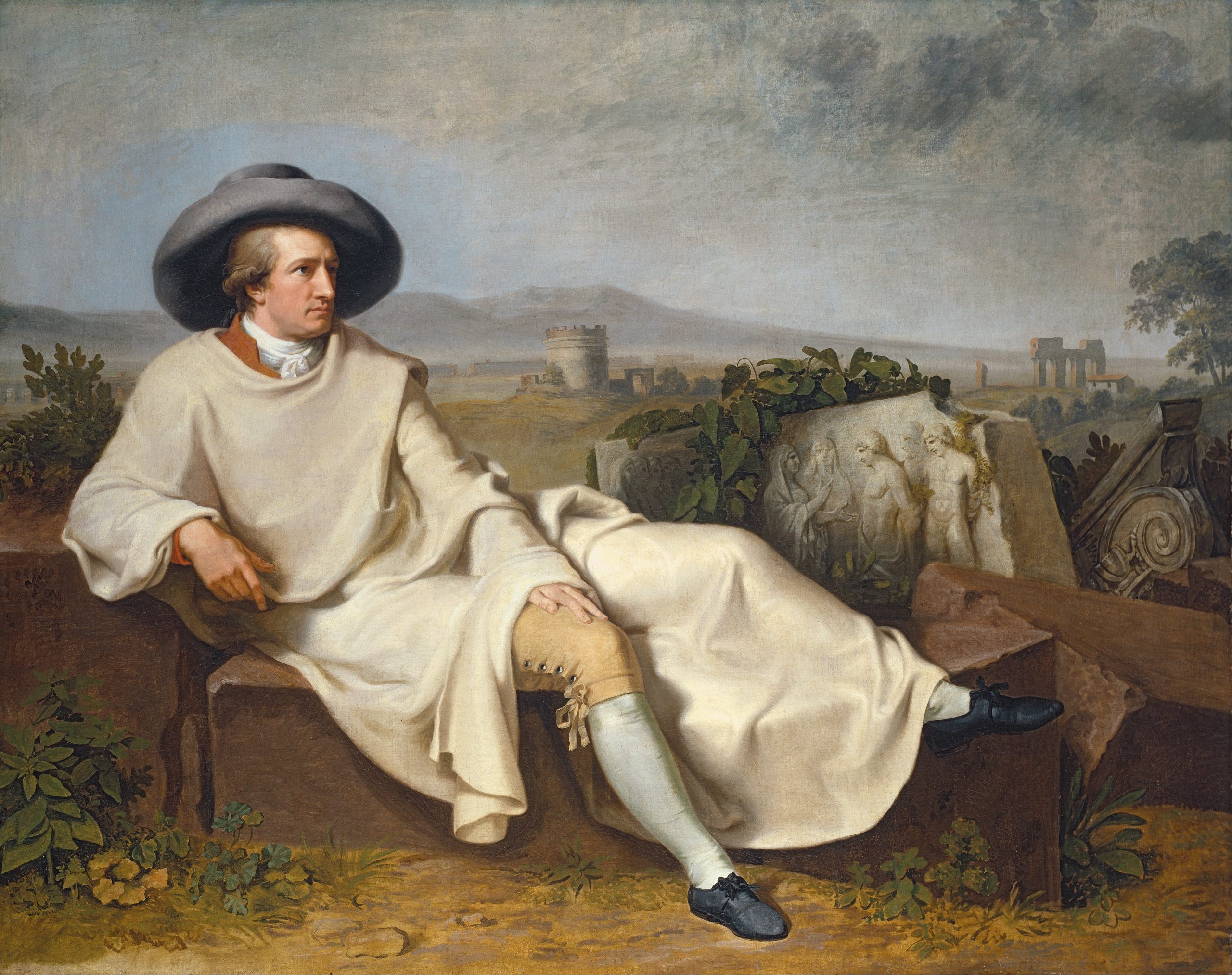
Birgitta Hoffmann
Outside the North of England is celebrating the first big storm of the season, my cats have found the coziest spot in the house and refuse to come out, and it is definitely time to put the summer things away and start the autumn term.
But for those who are not quite ready to say goodbye to the sunshine, we will start the term on Saturday with a look at Ancient Olympia.
Anybody who has visited Greece as part of an organised tour probably has spent some time at the site and it impressive museum, and if it wasn’t too hot, had a mini-race in the stadium and hopefully enjoyed his or her small Olympic victory and the atmosphere on the plain below the Hill of Kronos.
After all, Olympia, after Athens, is one of the longest excavated sites in Greece, with excavations starting in 1875 and now reaching over 100 excavation seasons. It is the first place with a modern excavation agreement that allowed the archaeologists to study and Greece to keep the finds, it is the first place where archaeologists were able to identify the Geometric Period and with it the archaeology of the Homeric Age on the Greek Mainland and one of the best sites to learn about the art and architecture of Archaic Greek Art.
It is a brilliant place to visit, because where else can you use a second-century tourist guide (Pausanias’ Tour of Greece) to tell you about the ruins you see and the poetry of Pindar, celebrating the victors of 2500 years ago, is still inspiring through its rhythms, which are weirdly similar to modern rap.
Its fame brought riches, which allowed it to not only build an archaic temple in record time, but also engage one of the best sculptors of antiquity to create the statue of Zeus in what today we would call ‘mixed materials’, a wonder of the Ancient world of wood and gold, glass and ivory, gemstones and bronze.
But it also has inspired people ever since with its ideas about peace during the international festival, the peaceful competition (which had its problems with corruption and performance-enhancing drugs as well), and it certainly gave us our biggest sporting extravaganza and one wonders what the Greeks and Romans would have made of the ski jumping, ice skating and beach volleyball.
But the excavations at Olympia have taught us so much more. The new excavations established that the sanctuary, which never became a town, developed around a burial mound that dates back to 3000BCE and was thus much closer to Stonehenge than to Phidias and Classical Greece. It also shows that, like Stonehenge and Newgrange, this barrow attracted an ever larger and more international set of pilgrims, not just from Greece, but as these early finds show, far beyond.
There is evidence on the site for 600 years before Phidias built his workshop. So why do we know so much about this site, when other sanctuaries like Ephesos appear to be produce a lot less evidence? The answer is in its remoteness. Olympia was never a centre of settlement, but always the place where the interests of at least communities intersected. Because of that, it never became a centre of settlement that went beyond its role as a sanctuary, and thus, when Christianity closed the pagan cults the site lost its interest: a few Byzantine farmers built a small church into Phidias’ workshop and thus preserved it (and his favourite mug), but soon after the massive floods covered the site and preserved it until the 19th century, of no interested to the Ottomans, Venetians, Latins or even later Greeks.
So why not join us on Saturday 27th of October at 11 am and find out how recent research has changed our view of Ancient Olympia.




